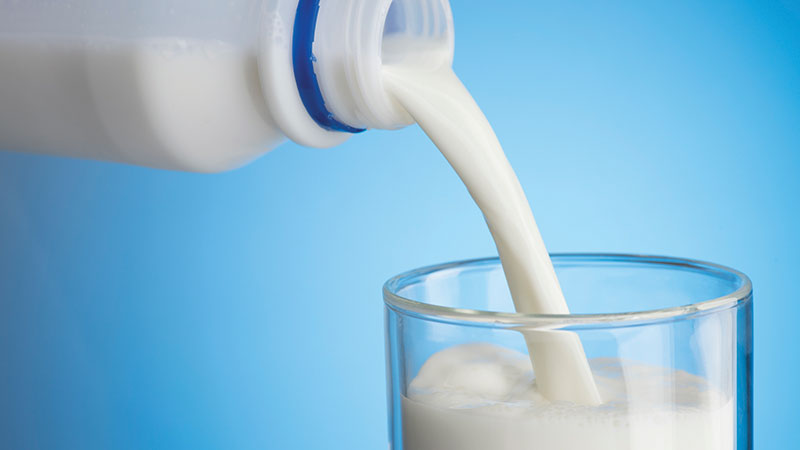Work continues to reduce or eliminate trade barriers on U.S. ag products. Ag Secretary Tom Vilsack...
Ohio State Economist Prefers Moving Away From Today’s Milk Pricing System

An Ohio State professor would like to see the dairy industry transition away from the Federal Milk Marketing Order system. Dr. Normand St. Pierre believes Class One fluid milk is forward priced, and Class III for cheese and Class IV for butter and powder is “backward priced” from the end user cost. He would like to see the Federal Milk Marketing Order system phased out, simply changing the orders won’t help. “They’re trying to address recent issues as opposed to trying to address the real issues that we have with a system again designed at a time when Class I fluid milk was the major use for milk.”
St. Pierre uses another perishable item as an example of why dairy should let the markets work. “A head of lettuce is a highly perishable product. There’s no federal order, but you have very organized marketing of lettuce,” he says.
According to St. Pierre, changing the Class I price back to the “higher of” Class III and IV formula fixes nothing, and to make allowances for Class III tends to favor the larger processors.
EDITOR’S TAKE:
This proposition is not likely to find much favor with organizations/processors serving dairy farmers. Although they have made some tweaks to milk marketing over the decades, the efforts, as Dr. St. Pierre suggests, have not fixed the problem. The dairy industry is very cyclical in nature and is still tied to Class I (fluid milk) prices. And whether you understand the difference between Class I, II or III, suffice it to say, the market has changed over time. The demand for cheese and butter has risen while the demand for fluid milk has declined. And therein lies the point of Dr. St. Pierre’s argument. Should the highest use and highest price be used to determine how much dairy farmers are paid or should it remain an outdated formula based on the past? Let’s put it in terms of opportunities for CAD members. Would you be more likely to sell more trucks if dairy farmers were paid more?






